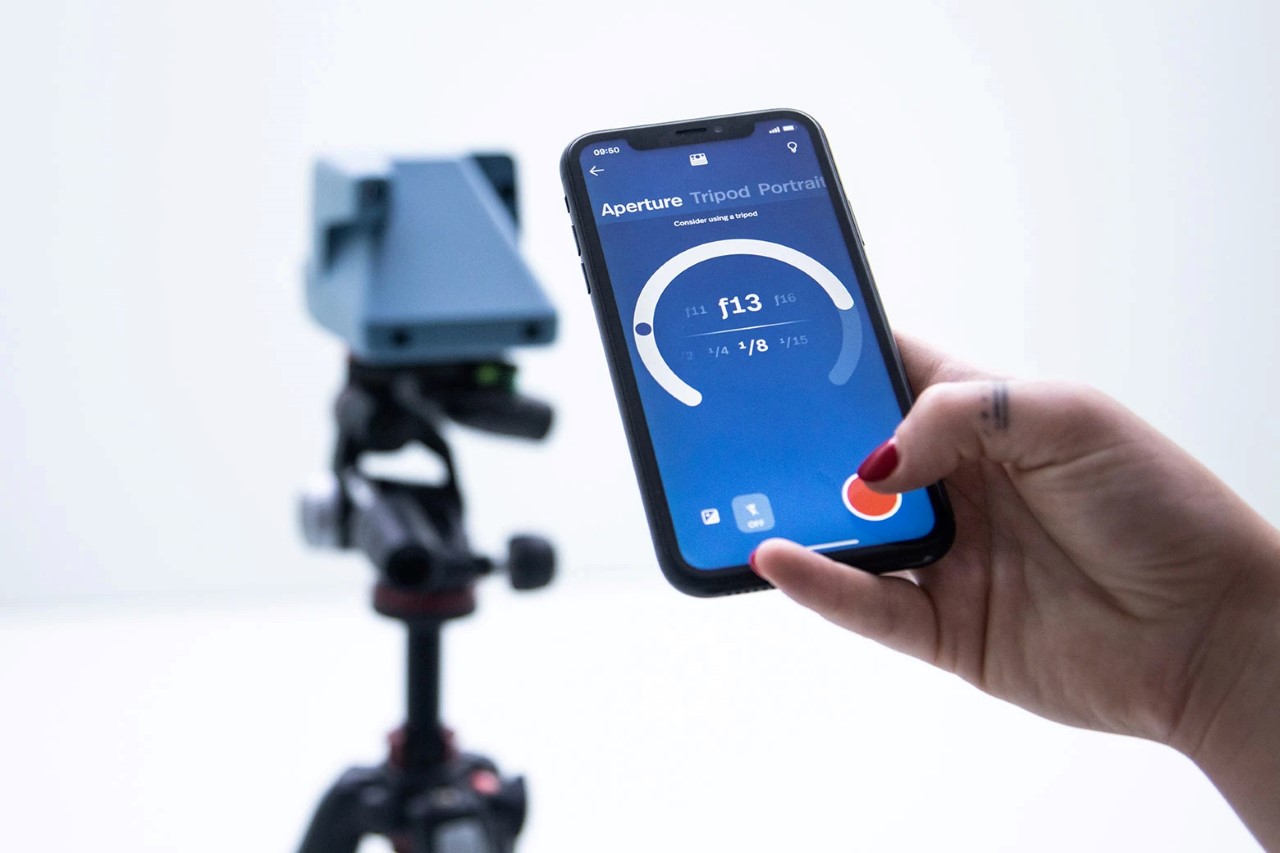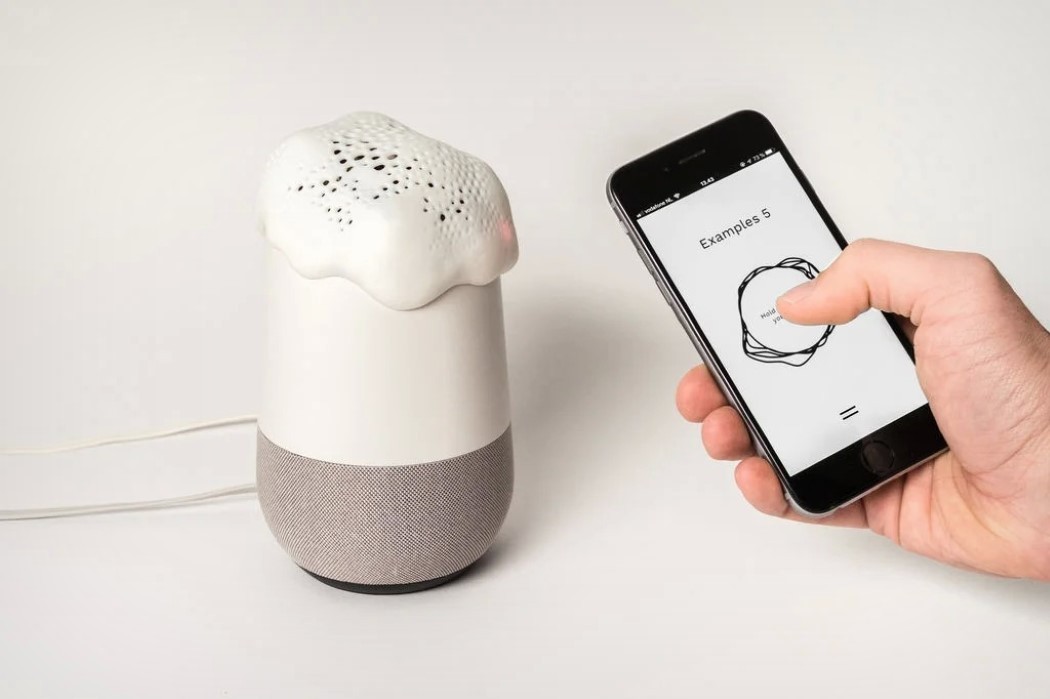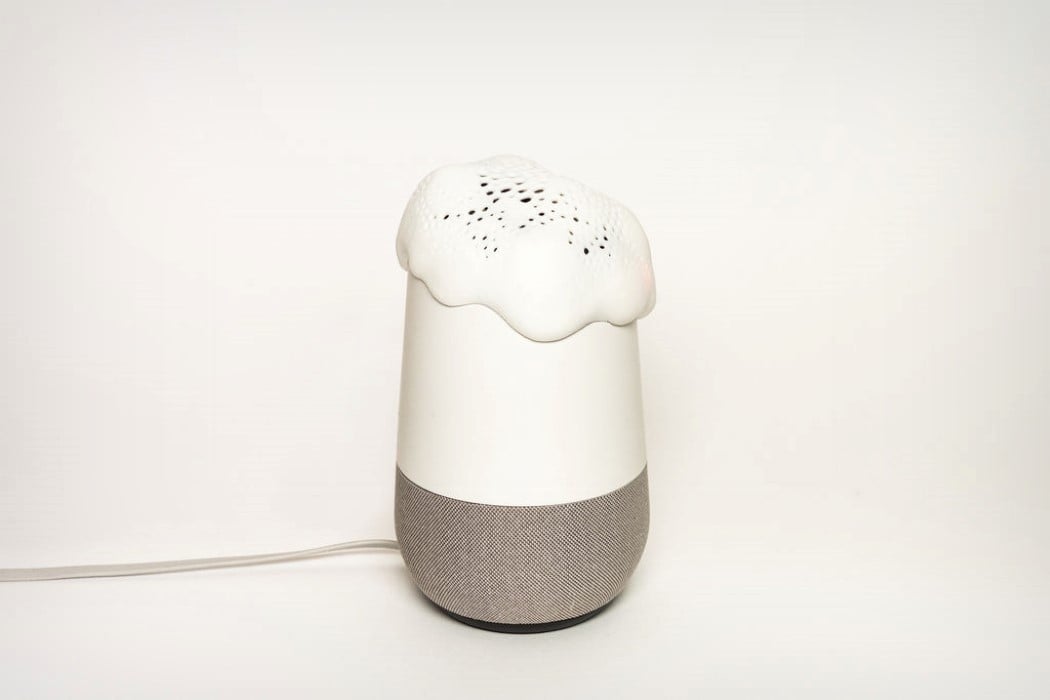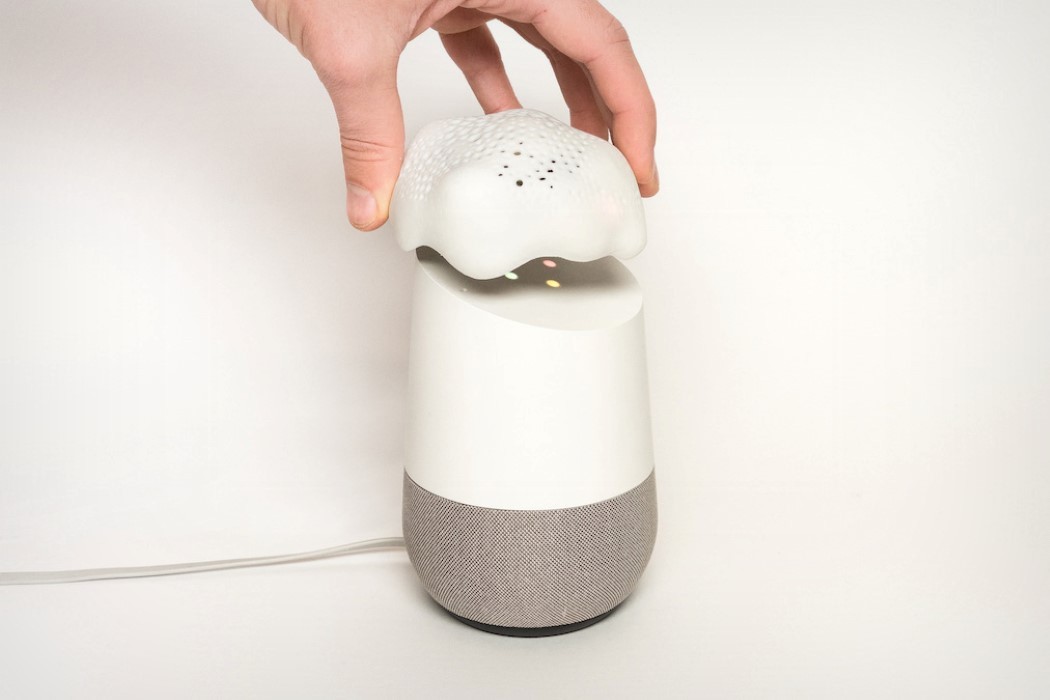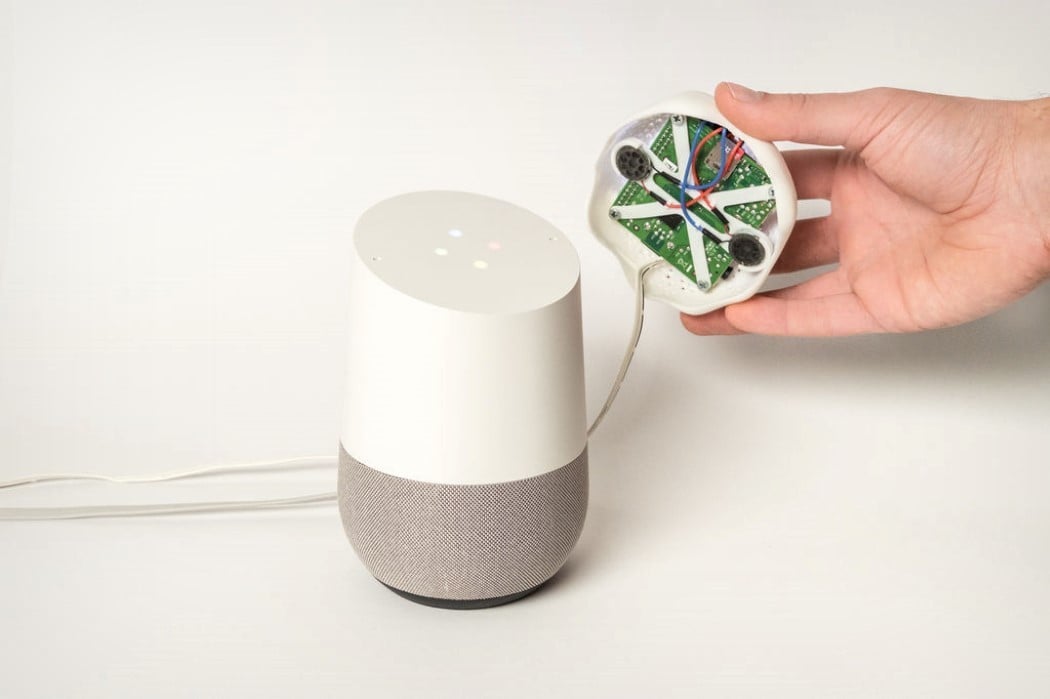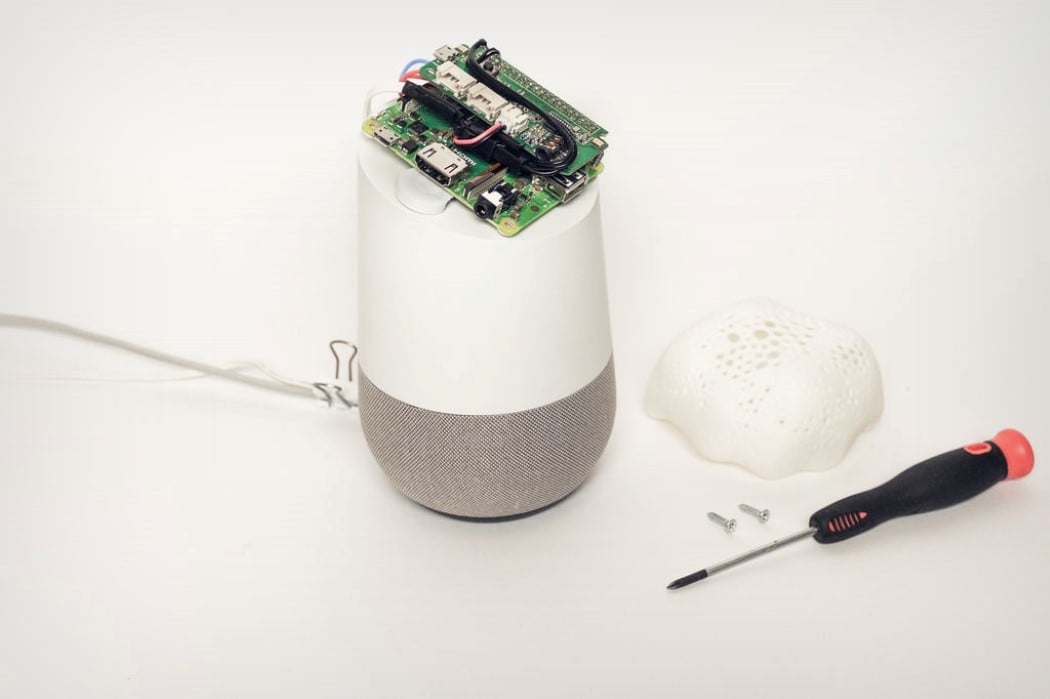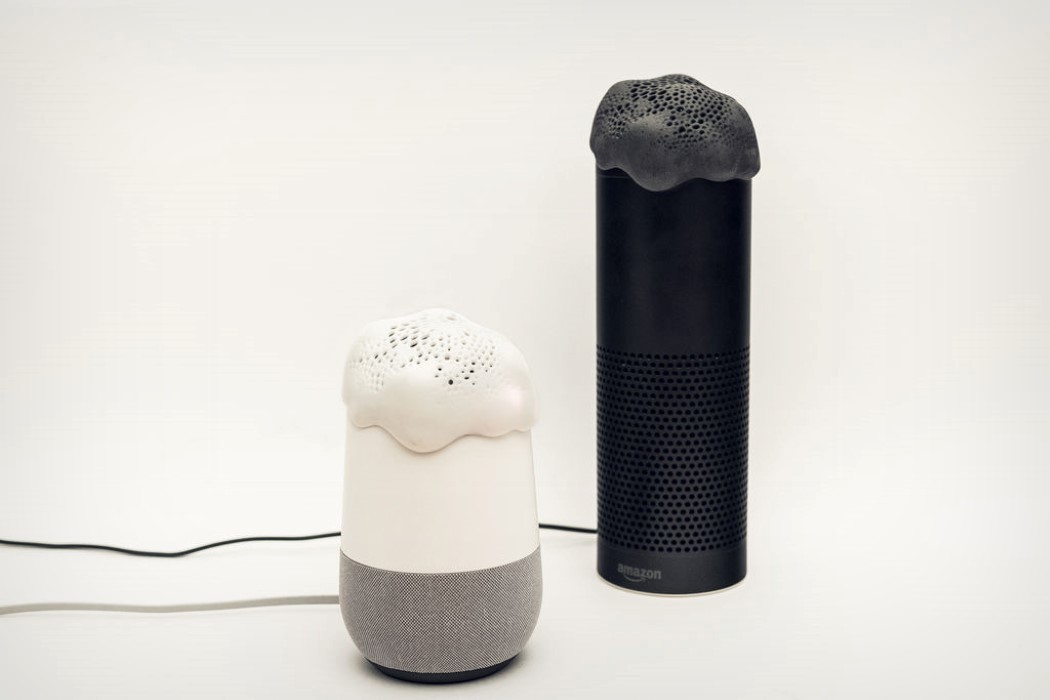Polaroid is, once again, at a crossroads. It famously survived the death of celluloid film cameras as everyone pivoted to digital media, and somehow managed to remain a relevant product even as smartphone cameras became more and more popular, but now as people are constantly pushing to create content and be more ‘creative’ on social media, a simple click-and-print instant camera doesn’t sound like a big deal anymore. To make the instant camera appealing to this new wave of ‘content creators’, Polaroid debuted the Now+, an i-Type camera that comes with a slew of features that upgrade the instant camera experience with filters, lenses, art-styles, and a remote shutter feature through Polaroid’s own smartphone app.

Polaroid’s always had a reputation of being a cool-kid toy, although the definition of ‘cool’ has certainly changed over the years. The Now+ keeps that in mind, with its unique set of features that let you capture images with a twist. The camera comes with snap-on lens filters that give your images different effects, while the camera now even supports capturing styles like long-exposure photography and double-exposure photography.

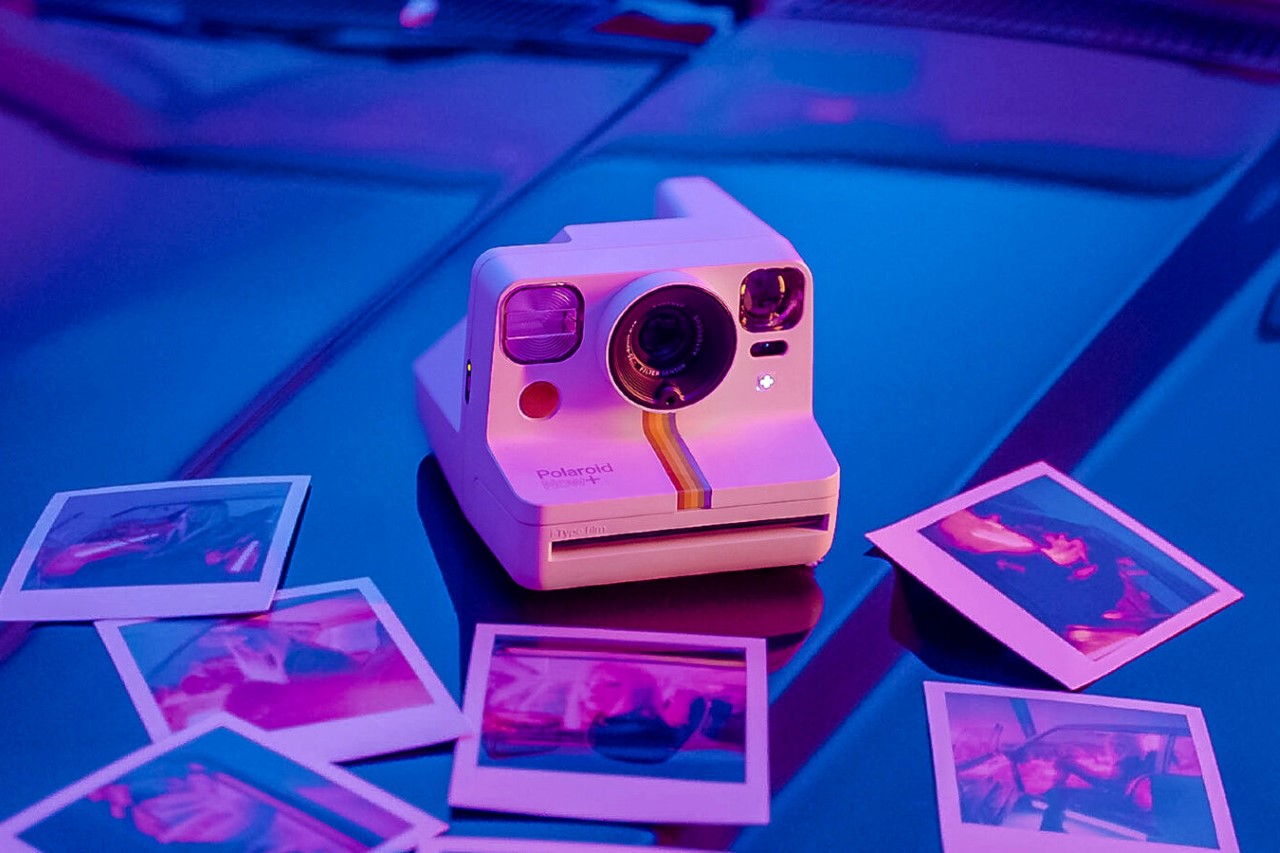
The snap-on lens kit features multiple tinted lenses as well as a ‘starburst’ lens for more vivid shots. The Now+ even comes with autofocus capabilities (a feature that was also built into its predecessor, the Now) and extensive creative control thanks to the accompanying Polaroid app. The app lets you adjust the camera’s aperture for either crisp, clear shots, or bokeh-filled low DoF images, while the camera intelligently handles the exposure to give you the best shot. The camera works with a tripod too, and can be remotely triggered via the smartphone app – a feature that’s integral to the Now+’s long-exposure photography mode that can be used for light-painting amongst other things. You can combine and photos too, for double-exposure photography – a feature that’s new to the Polaroid lineup.
The Polaroid Now+ supports both i-Type and 600 Type film. It comes in 3 colors (black, white, and blue-grey) and costs US$149 with the accompanying filter kit.
Designer: Polaroid

